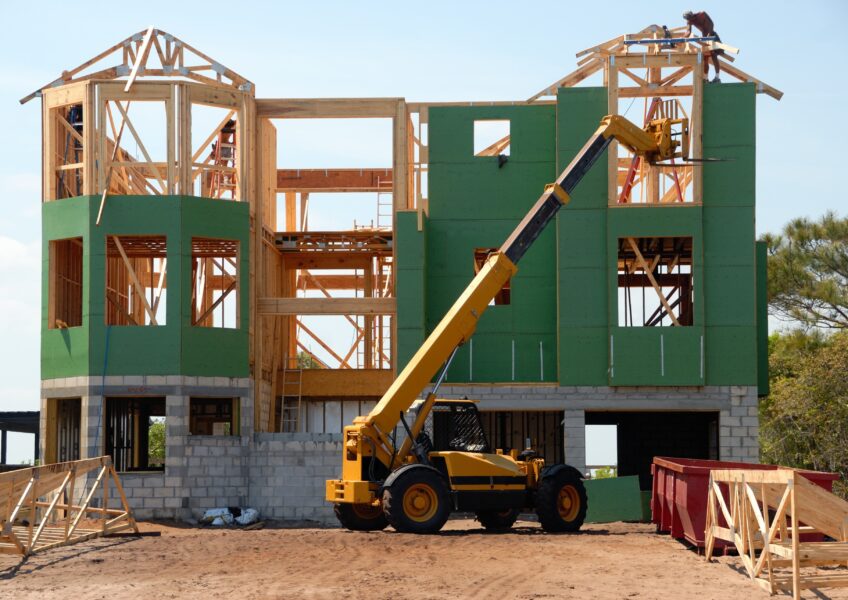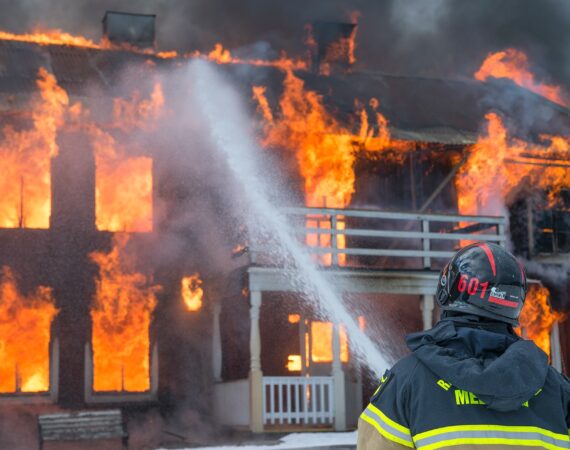Construction Defects vs. Natural Disasters: How Forensic Engineers Differentiate
Understanding the Cause of Structural Failures
In the aftermath of a building or structural failure, one key question often arises: Was the collapse due to inherent construction defects or was it triggered by a natural disaster? The answer is crucial for insurance claims, legal cases, and future prevention strategies.
The Role of Forensic Engineering
Forensic engineers are the detectives of the construction world. They meticulously analyze the wreckage to determine whether the failure was caused by design flaws, substandard materials, construction errors, or if it was the result of an uncontrollable natural event like an earthquake, flood, or hurricane.
Techniques and Tools Used in Analysis
- Material Analysis: Inspecting materials to check for quality and compliance with standards.
- Structural Analysis: Evaluating the design and construction against established engineering principles.
- Environmental Assessment: Considering the impact of natural forces based on historical data and patterns.
Case Studies: Dissecting Past Failures
Examining specific instances of structural collapses provides invaluable insights. These case studies help forensic engineers and the construction industry learn and evolve, enhancing safety standards and practices.
Conclusion
The distinction between construction defects and natural disasters is more than academic—it has real-world implications for safety, liability, and engineering standards. This post delves into how forensic engineers approach these complex investigations, providing clarity and guidance in the chaotic aftermath of structural failures.




